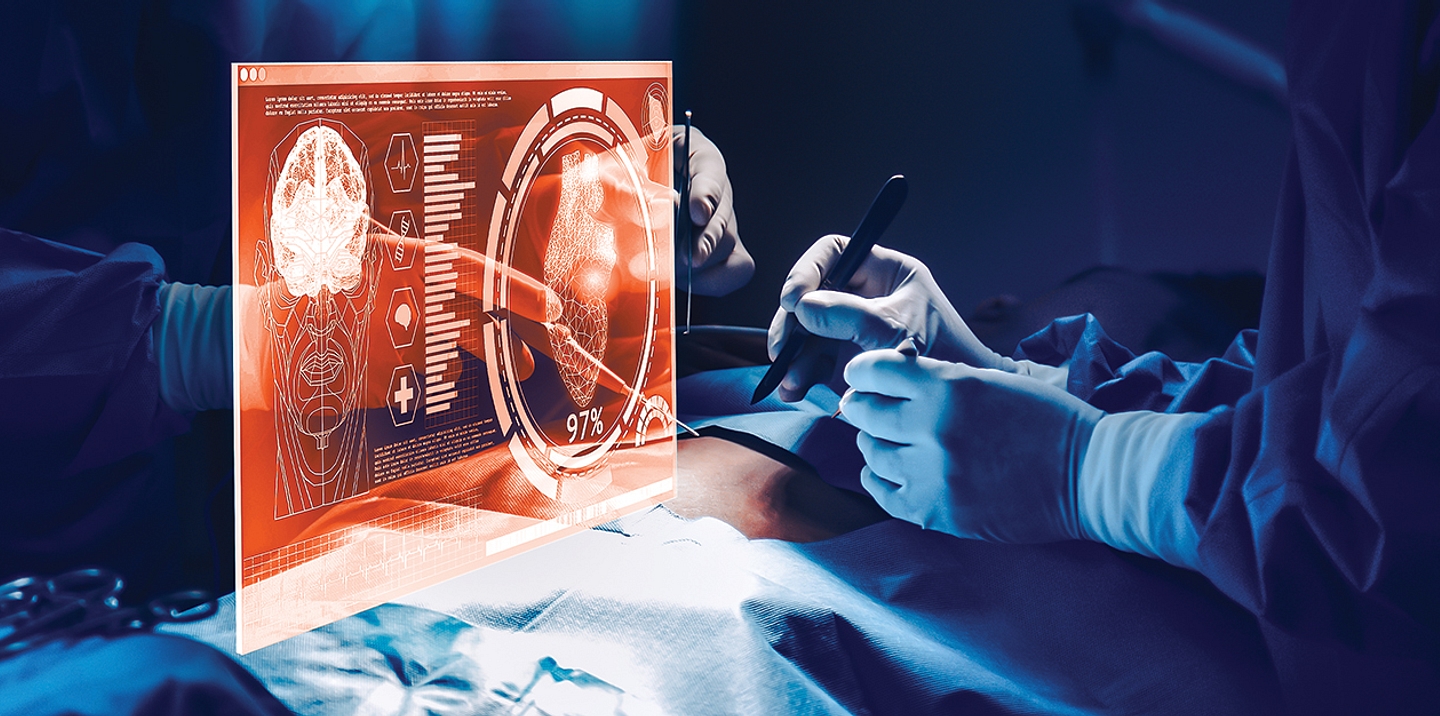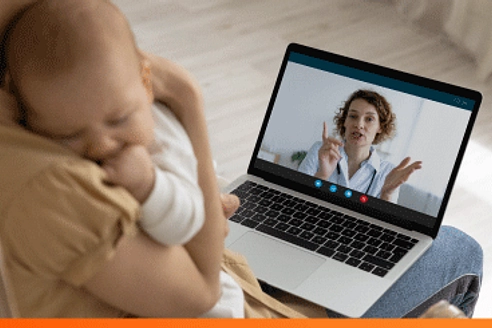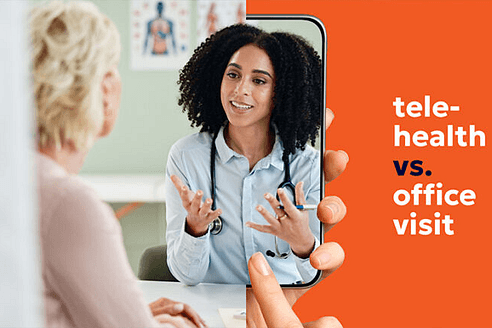
How Integration of Advanced Tech is Shaping the Future of Telehealth

The rapid evolution of telehealth has transformed the healthcare landscape, offering patients access to medical services anytime and anywhere. As technology continues to advance, telehealth platforms are integrating cutting-edge innovations such as Artificial Intelligence (AI), remote monitoring tools, and augmented reality (AR) to improve patient care.
These technologies are not just enhancing the efficiency of care delivery but are also making healthcare more personalized, precise, and accessible.
In this blog post, we’ll explore how the incorporation of AI, remote monitoring, and augmented reality into telehealth platforms is revolutionizing patient care and improving health outcomes.
Artificial Intelligence: Revolutionizing Diagnosis and Decision-Making
AI is one of the most powerful forces behind the evolution of telehealth. From chatbots to advanced diagnostic algorithms, AI is enabling healthcare providers to make more accurate decisions while reducing the administrative burden.
AI tools analyze vast amounts of medical data, detect patterns, and provide decision-support, allowing healthcare professionals to deliver more precise and timely care.
Telehealth platforms powered by AI can assist with everything from initial symptom checking to the diagnosis of chronic conditions. AI-driven chatbots can collect patient data, triage cases based on urgency, and guide patients to the appropriate care provider.
Moreover, machine learning models can analyze medical images, such as X-rays or MRIs, with a level of accuracy comparable to or even exceeding that of human radiologists. These tools speed up diagnosis, reduce human error, and improve clinical outcomes.
For instance, AI is particularly effective in telemedicine consultations for managing chronic conditions like diabetes, cardiovascular diseases, and mental health issues. By tracking patients’ health data over time, AI tools can predict flare-ups or complications, prompting timely intervention and personalized care.
Remote Monitoring: Empowering Patients and Providers
Remote patient monitoring (RPM) has become a cornerstone of telehealth, allowing healthcare providers to keep a close eye on their patients’ health without requiring in-person visits. RPM tools allow patients to use wearable devices, sensors, and connected devices to track key health metrics such as heart rate, blood pressure, glucose levels, and oxygen saturation in real time.
These devices send the data directly to healthcare professionals, enabling them to monitor patients’ health status and intervene when necessary. This technology is particularly valuable for patients with chronic diseases who require continuous monitoring.
Patients with chronic obstructive pulmonary disease (COPD) or heart failure can benefit from RPM, as it enables doctors to detect early warning signs of exacerbation and intervene before a medical emergency occurs.
Additionally, remote monitoring empowers patients to take control of their own health. By consistently tracking their health data, patients can make more informed decisions about their lifestyle and treatment plans. This leads to better adherence to prescribed regimens, fewer hospital readmissions, and overall improved health outcomes.
Augmented Reality: Enhancing Virtual Consultations and Training
While AI and remote monitoring have made significant strides in improving telehealth, augmented reality (AR) is bringing an entirely new dimension to virtual healthcare.
AR technology superimposes digital information – such as 3D models or visual data – onto the real world, creating an interactive and immersive experience. In telehealth, AR is being used for both virtual consultations and medical training.
For virtual consultations, AR enables healthcare professionals to visualize a patient’s body in 3D, facilitating more precise diagnosis and treatment planning. For example, a remote consultation with an orthopedic specialist could involve using AR to examine a patient’s musculoskeletal system in 3D, making it easier to assess fractures or joint abnormalities.
In medical training, AR is used to simulate complex surgeries or procedures. With AR tools, trainees can perform virtual surgeries or interact with virtual patients, gaining hands-on experience without the need for physical patients. This is particularly valuable for remote or under-resourced regions, where access to high-quality training might otherwise be limited.
This technology improves the precision of virtual consultations, which can often feel limited compared to in-person visits.
The Future of Telehealth: A More Personalized and Efficient Healthcare Experience
The integration of AI, remote monitoring, and augmented reality into telehealth platforms is paving the way for more personalized, efficient, and accessible healthcare. These technologies not only enable more accurate diagnosis and treatment but also offer greater convenience, allowing patients to receive care from the comfort of their homes.
Looking ahead, telehealth platforms will continue to evolve with new technologies, improving the way healthcare is delivered and received. As more healthcare providers adopt these innovations, patients can expect a healthcare experience that is more tailored to their individual needs, with faster response times, proactive interventions, and an overall higher quality of care.
AI will continue to refine diagnostic tools, while remote monitoring will expand to include new devices that track additional health parameters. Meanwhile, augmented reality will play a bigger role in both clinical consultations and training, bringing healthcare professionals closer to their patients, no matter the physical distance.
If you are ready to bring innovative telehealth solutions to your organization – GlobalMed can help you do just that. Contact our telehealth experts today to get started.


